Introduction
In the vast realm of culinary arts, there exists a myriad of dishes that cater to diverse tastes and preferences. Among these, beef whip, or as it is more commonly known in certain culinary circles, “niu bian,” holds a unique place. Though it may evoke curiosity or even skepticism among those unfamiliar with it, beef whip is a delicacy in many parts of Asia, particularly in China, where it is believed to possess aphrodisiac properties. This perception, coupled with its rich texture and flavor, has made it a sought-after ingredient in traditional cuisine.
However, cooking beef whip requires a delicate balance of skill, patience, and an understanding of its unique properties. This guide aims to demystify the process and provide a comprehensive, step-by-step approach to preparing beef whip that will delight even the most discerning palate.
Understanding Beef Whip
Before diving into the cooking process, it’s crucial to understand what beef whip actually is. Beef whip, derived from the penis of a bull, is a tough and fibrous cut of meat. Due to its composition, it necessitates a specific preparation method to ensure it becomes tender and flavorful.
In traditional Chinese medicine, beef whip is considered a nourishing food that can enhance vitality and sexual function. While these claims may be debated scientifically, the dish’s popularity is undeniable, and its unique texture and taste have secured it a place in many culinary traditions.
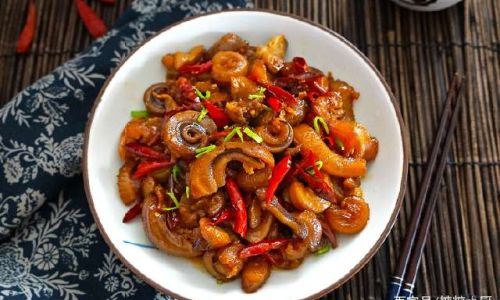
Selecting the Right Beef Whip
The first step in preparing beef whip is selecting high-quality ingredients. When purchasing beef whip, look for pieces that are firm, have a slightly glossy appearance, and lack any visible signs of discoloration or spoilage. Freshness is key, as stale or improperly stored beef whip will be difficult to tenderize and may carry an unpleasant odor.
It’s also important to note that beef whip can vary in size and thickness. Larger pieces may require longer cooking times, while thinner cuts may cook more quickly. When selecting your beef whip, consider the cooking method you plan to use and adjust accordingly.
Preparation Techniques
Once you have your beef whip, the next step is preparation. This involves cleaning, soaking, and tenderizing the meat to ensure it’s ready for cooking.
-
Cleaning: Begin by rinsing the beef whip under cold running water to remove any surface impurities. Use a sharp knife to trim away any fat, sinew, or other unwanted parts.
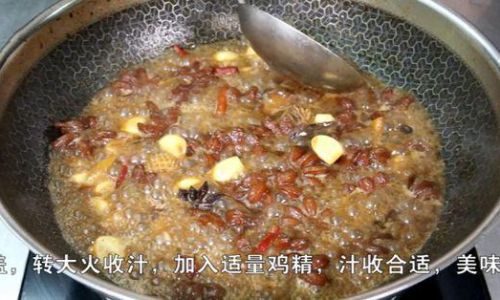
-
Soaking: Place the cleaned beef whip in a large bowl or pot filled with cold water. Add a few slices of fresh ginger and a handful of green onions to help neutralize any unwanted odors. Soak the beef whip for at least 2-3 hours, changing the water every hour to remove any blood or impurities that may have been released.
-
Tenderizing: After soaking, the beef whip will still be quite tough. To tenderize it, you can use a meat tenderizer or a heavy mallet to pound the meat until it becomes more pliable. Alternatively, you can marinate the beef whip in a mixture of soy sauce, rice vinegar, and a touch of sugar for several hours or overnight. This will not only tenderize the meat but also add flavor.
Cooking Methods
With your beef whip properly prepared, it’s time to cook. There are several methods you can use, each yielding a different texture and flavor profile. Here are some popular options:
-
Boiling: One of the simplest and most traditional methods is boiling. Place the tenderized beef whip in a large pot filled with water. Add a few slices of ginger, green onions, and a splash of Shaoxing wine to enhance the flavor. Bring the water to a boil, then reduce the heat to a simmer and cook for about 2-3 hours, or until the beef whip is tender.
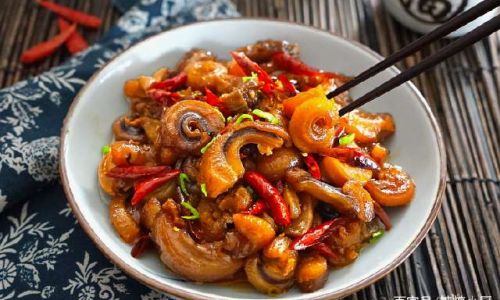
-
Stewing: Stewing is another effective method for cooking beef whip. Place the meat in a heavy-bottomed pot with enough water or broth to cover. Add aromatics such as star anise, cinnamon, and cloves, along with soy sauce, dark soy sauce, and sugar to taste. Bring the mixture to a boil, then reduce the heat and let it simmer for several hours until the beef whip is tender and the broth has thickened.
-
Stir-Frying: For a quicker and more savory option, you can stir-fry beef whip. First, slice the tenderized meat into thin strips. Heat a wok or large skillet over high heat and add a small amount of oil. Stir-fry the beef whip strips until they are browned and slightly crispy on the outside but still tender inside. Add garlic, ginger, and green onions for flavor, and season with soy sauce and a touch of sesame oil.
-
Braising: Braising is a great way to cook beef whip if you want a dish that is both tender and flavorful. Preheat your oven to 350°F (175°C). Place the tenderized beef whip in a heavy ovenproof pot with a tight-fitting lid. Add enough broth or water to cover the meat halfway. Add aromatics, soy sauce, and sugar, then bring the mixture to a simmer on the stovetop. Cover the pot and transfer it to the oven, braising for about 2-3 hours until the beef whip is tender.
Seasoning and Garnishes
No matter which cooking method you choose, seasoning and garnishes are essential for enhancing the flavor of your beef whip dish. Here are some suggestions:
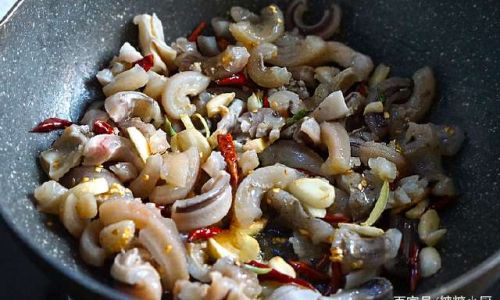
- Soy Sauce: A staple in Asian cuisine, soy sauce adds a savory, umami-rich flavor to the dish.
- Sesame Oil: A drizzle of sesame oil at the end of cooking adds a nutty, aromatic finish.
- Green Onions and Garlic: These aromatic vegetables provide a fresh, pungent flavor that complements the richness of the beef whip.
- Star Anise and Cinnamon: These spices add warmth and complexity to the dish.
- Chili Sauce or Pepper: For those who prefer a bit of heat, adding chili sauce or freshly ground black pepper can elevate the flavor profile.
Serving Suggestions
Once your beef whip is cooked to perfection, it’s time to serve. Here are some serving suggestions to make your dish even more enticing:
- Rice or Noodles: Serve the beef whip over a bed of steamed rice or noodles to soak up the delicious broth.
- Vegetable Side Dishes: Pair your beef whip dish with steamed vegetables or stir-fried greens for a balanced meal.
- Soup: If you’ve cooked your beef whip in a broth, serve it as a soup, garnished with chopped green onions and a drizzle of sesame oil.
- Appetizer or Main Course: Depending on the portion size and how you’ve prepared it, beef whip can be served as an appetizer or a main course.
Conclusion
Cooking beef whip may seem like a daunting task, but with the right techniques and ingredients, it can be a rewarding culinary experience. By understanding the unique properties of beef whip and following a meticulous preparation and cooking process, you can create a dish that is not only tender and flavorful but also steeped in tradition and cultural significance.
Whether you’re a seasoned chef or a culinary novice, the key to success with beef whip lies in patience, attention to detail, and a willingness to experiment with different cooking methods and seasonings. With this guide as your companion, you’ll be well-equipped to tackle this unique ingredient and create a dish that will delight your taste buds and impress your guests.
So, the next time you’re in the kitchen and feeling adventurous, give beef whip a try. Who knows? You might just discover a new culinary favorite.
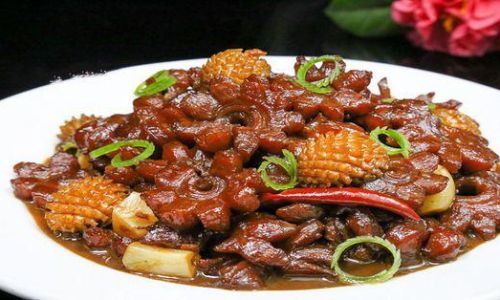
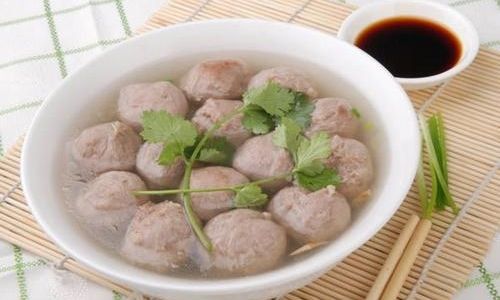
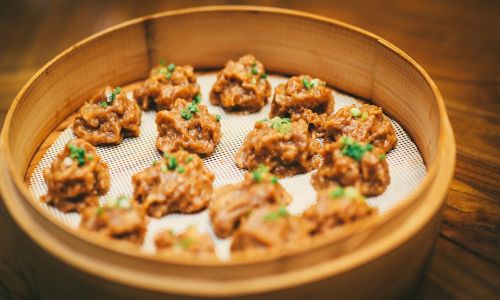
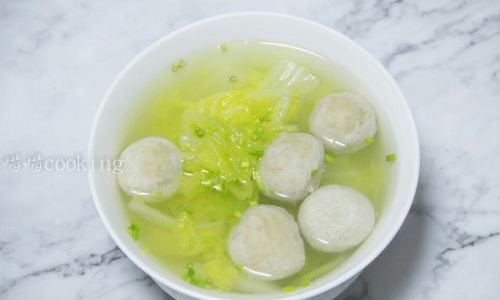
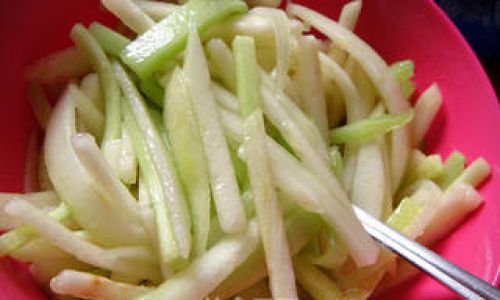
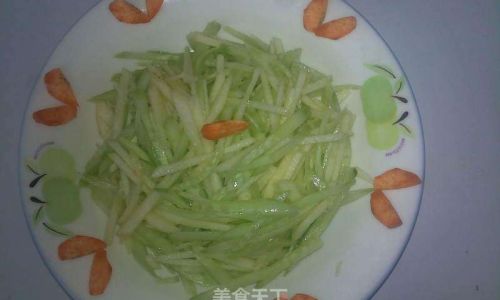

0 comments